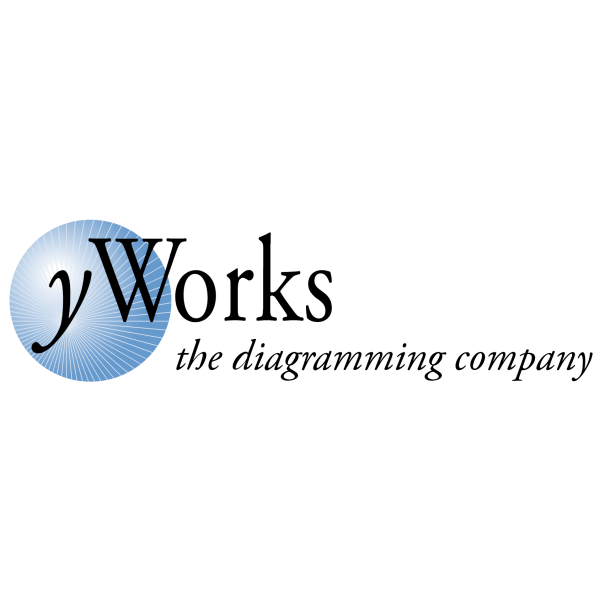The new version brings support for SVG background graphics in diagrams and enables clipping at non-rectangular visible bounds of SVG node graphics.

The new version brings support for SVG background graphics in diagrams and enables clipping at non-rectangular visible bounds of SVG node graphics.